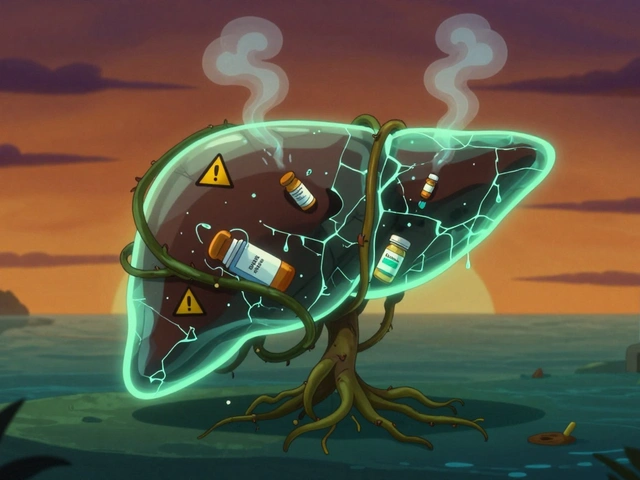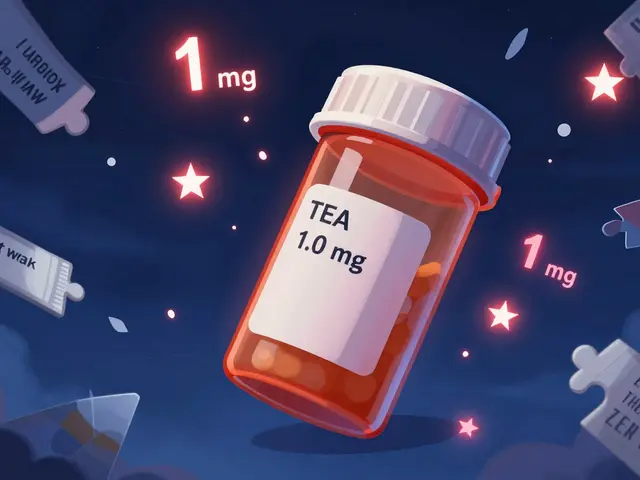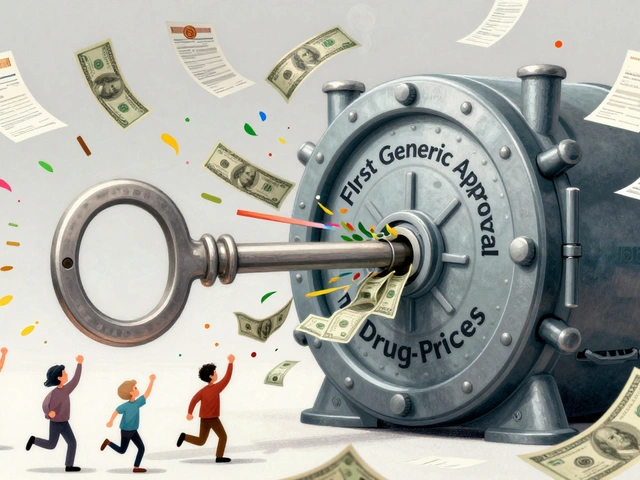Dental Infections Antibiotics: What Works and When
Tooth pain that won’t quit or a swollen face? Those signs often mean a dental infection. Antibiotics can help, but they don’t fix the root cause — a dentist usually must drain or remove the infected tissue. Use antibiotics to control spread and symptoms while you get dental care.
Common antibiotics and typical doses
Here are the drugs you’ll see most often. These are typical adult doses used in dental practice, but always follow your dentist or doctor’s instructions.
Amoxicillin — often first choice. Typical dose: 500 mg three times a day for 5–7 days. It covers many oral bacteria and is well tolerated.
Penicillin V — a classic option. Typical dose: 500 mg two to three times a day for 5–7 days. It works well when bacteria are sensitive.
Amoxicillin with clavulanate (Augmentin) — used when beta-lactamase producing bacteria are suspected, or after treatment failure. Common dose: 500/125 mg every 8 hours or 875/125 mg every 12 hours.
Clindamycin — used for people with penicillin allergy or some resistant infections. Typical dose: 300 mg every 6–8 hours for 5–7 days. It covers many mouth bacteria but can cause diarrhea, including C. difficile, so watch for severe diarrhea.
Metronidazole — good at treating anaerobic bugs in deep infections. Typical dose: 500 mg three times a day, often combined with a penicillin-type drug.
Azithromycin — an option for penicillin allergy though not always first-line. Example: 500 mg on day 1, then 250 mg daily for 4 more days (Z‑Pak style).
When antibiotics are needed — and when they aren’t
Antibiotics help when infection is spreading (swelling, fever, swollen lymph nodes) or if you have a weakened immune system. They don’t replace dental treatment. If the problem is just local pain without signs of spread, the dentist may prefer to treat the tooth without antibiotics.
Watch for red flags: fast-spreading swelling, trouble breathing or swallowing, high fever, or stiffness opening your mouth (trismus). Those need emergency care — call a dentist or go to urgent care right away.
Keep these safety tips in mind: finish the full course unless told otherwise, tell your provider about allergies, and mention any other meds you take. Avoid unnecessary antibiotics — overuse fuels resistance and side effects.
Bottom line: antibiotics can control a dental infection, but real fix usually needs a dental procedure. Get professional care quickly if you have swelling, fever, or worsening pain, and use antibiotics only as your dentist or doctor recommends.
Top Alternatives to Flagyl for Dental Infections: Clindamycin, Amoxicillin-Clavulanate, and Best Practices
Struggling with dental infections and can't use Flagyl? This article dives deep into trusted alternatives like clindamycin and amoxicillin-clavulanate, offering straightforward facts and tips for better outcomes. We explore how these antibiotics fit into modern best practice guidelines, highlight common risks and benefits, and bust myths about their use. Whether you're dealing with allergies, resistance, or just want updated advice, you'll find practical, expert-backed insights here. Compare the options, understand when each is best, and discover lesser-known tips to help with oral infection recovery.






